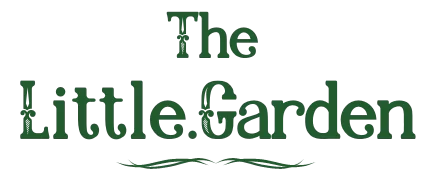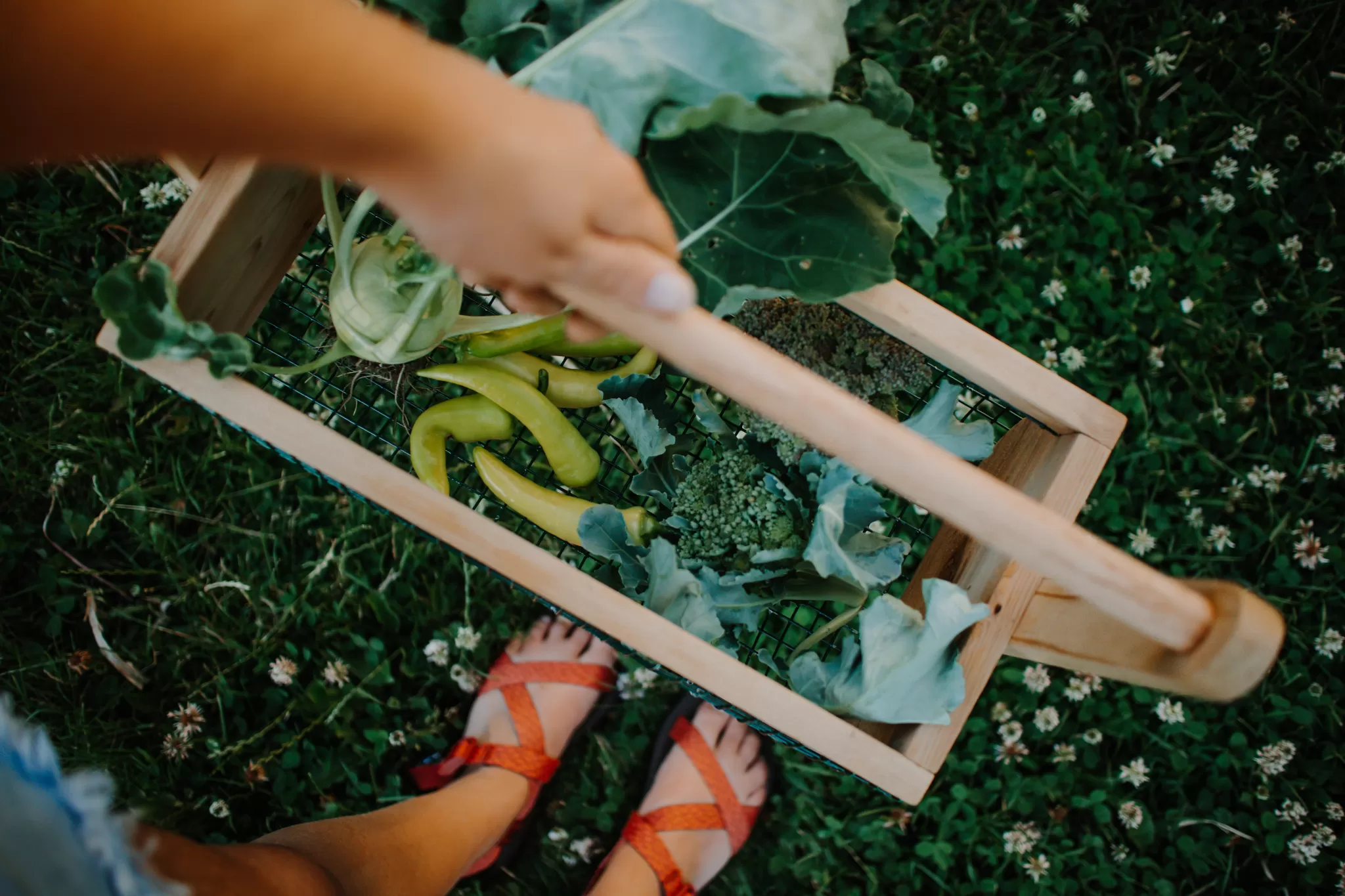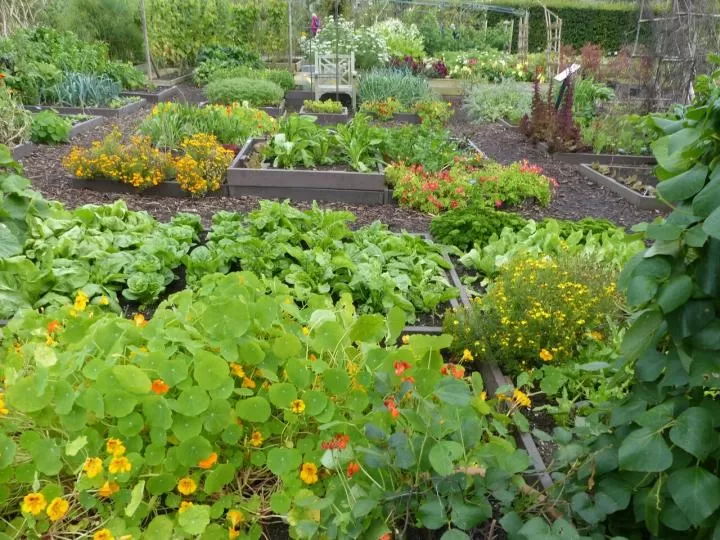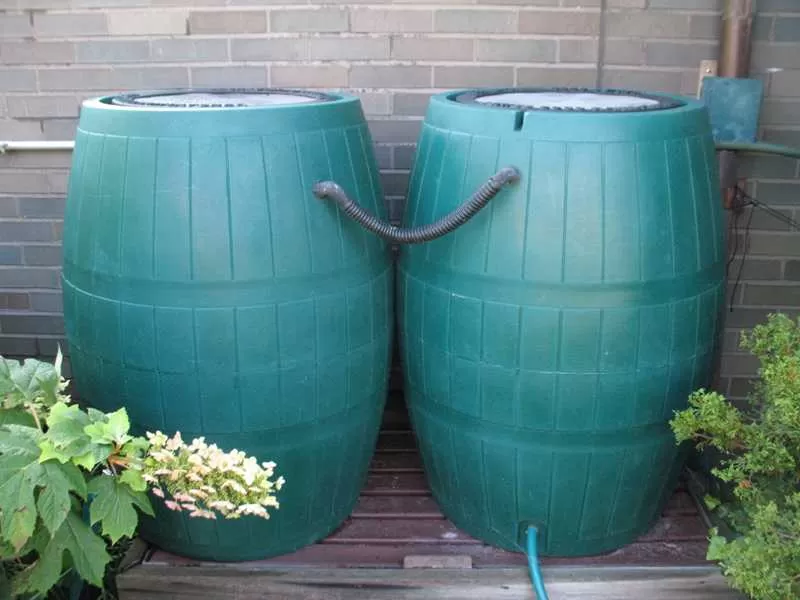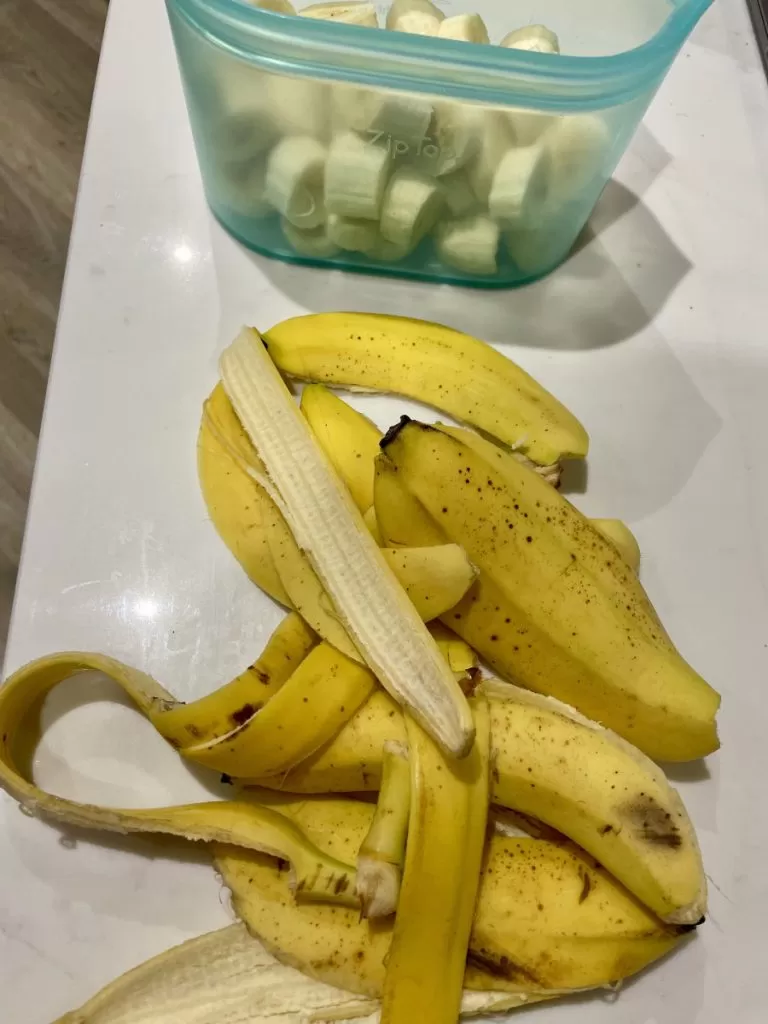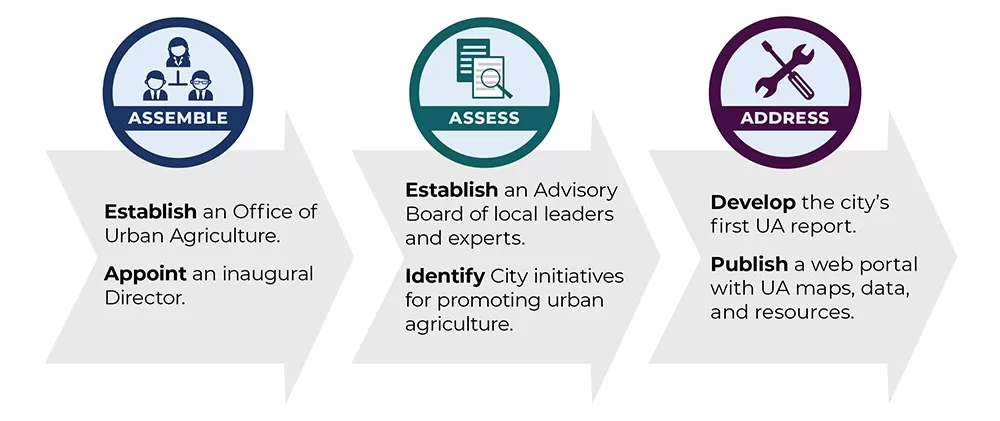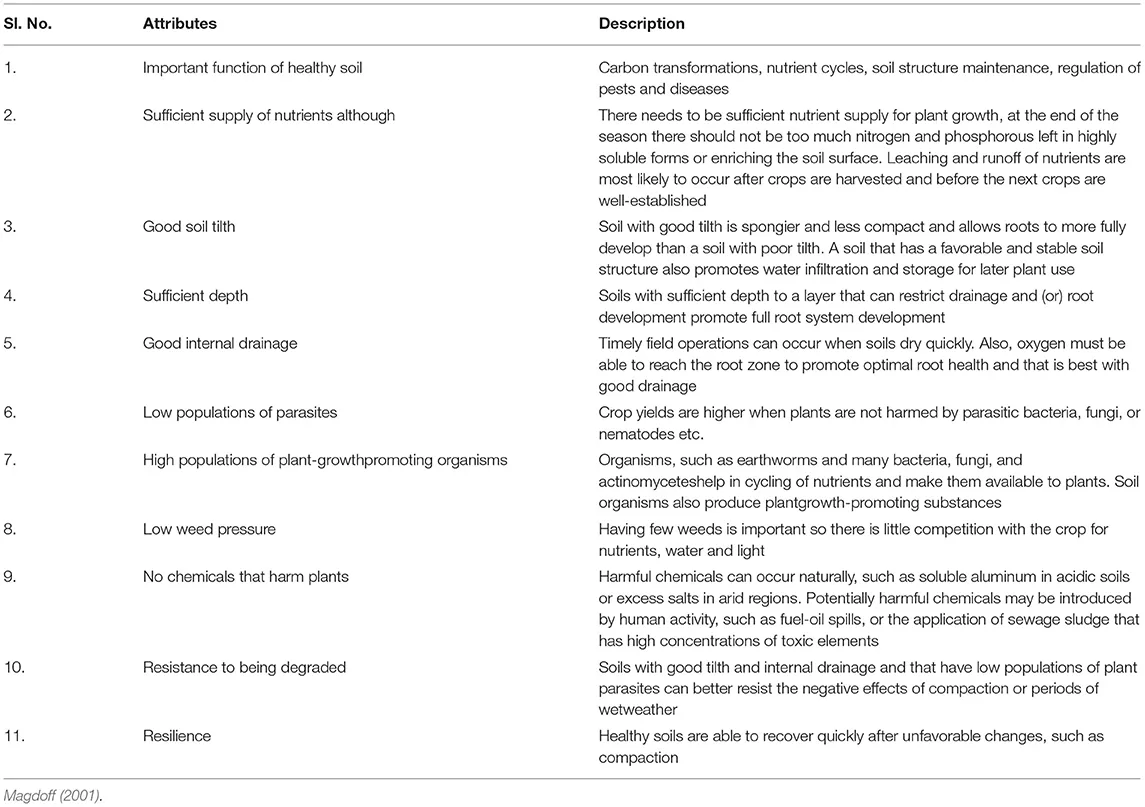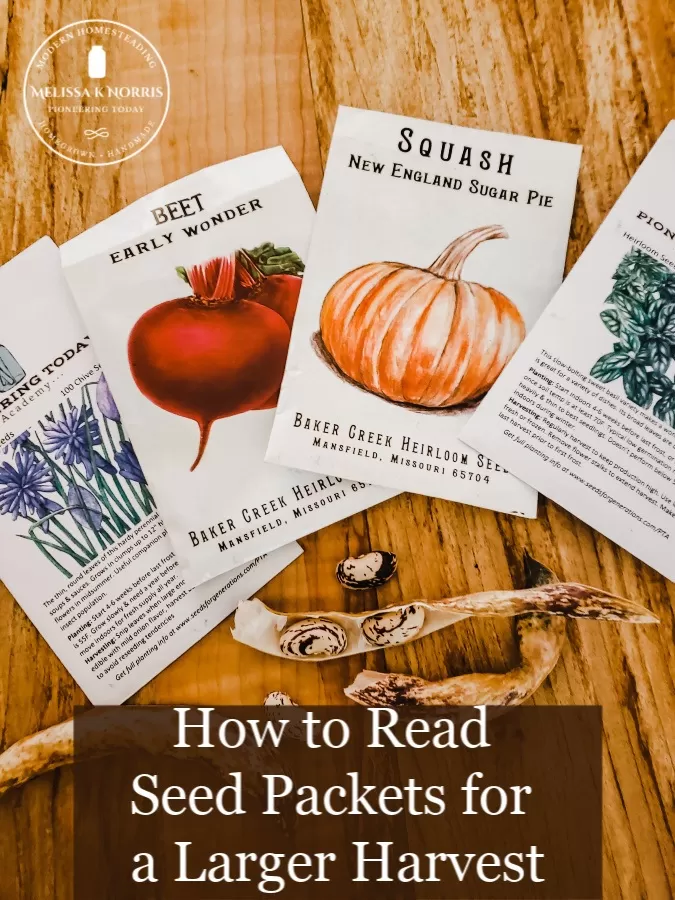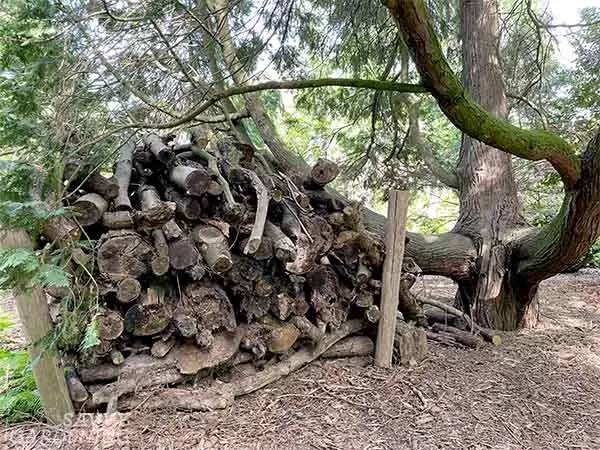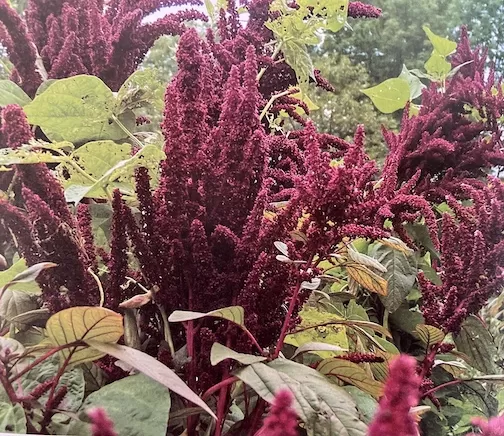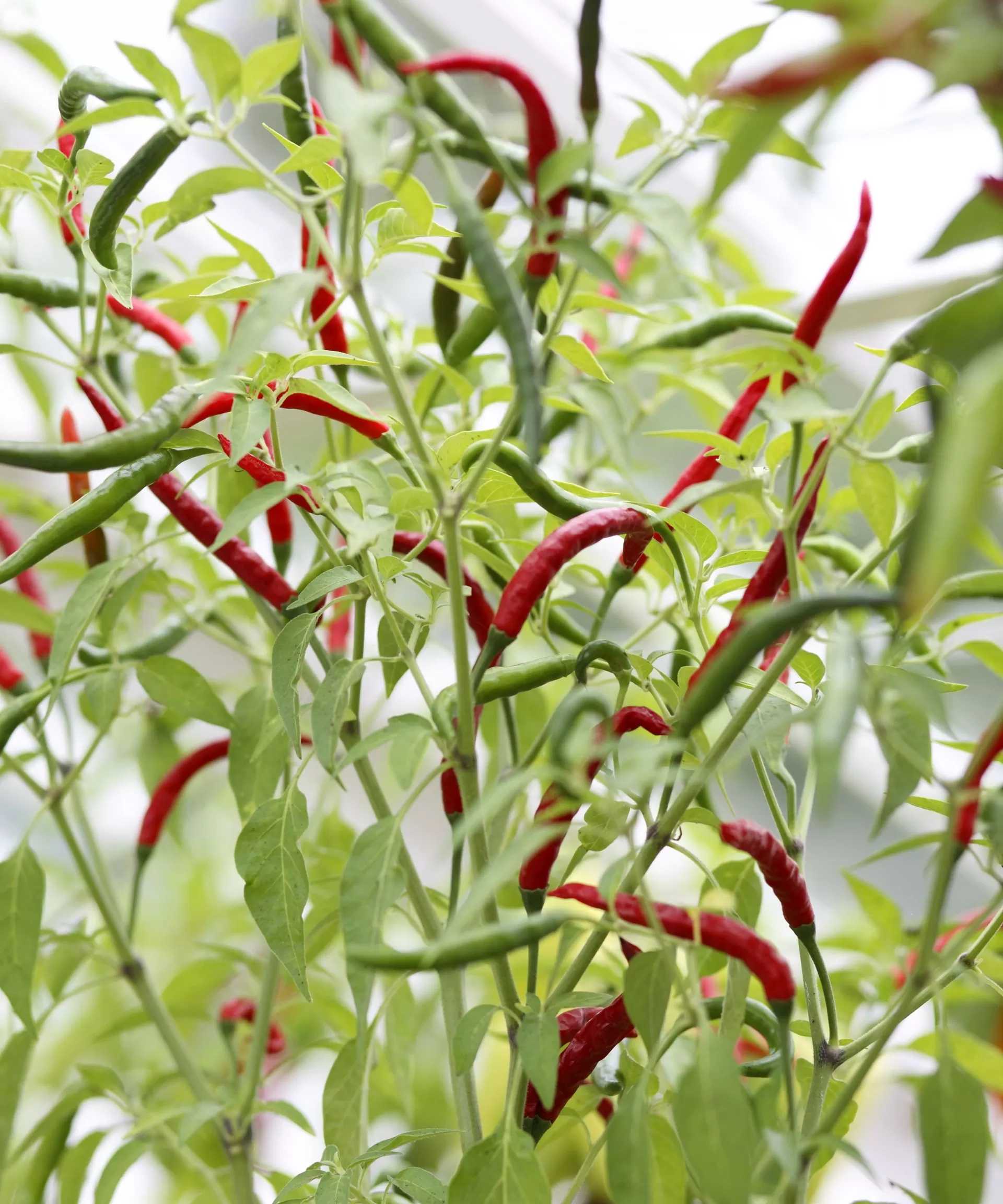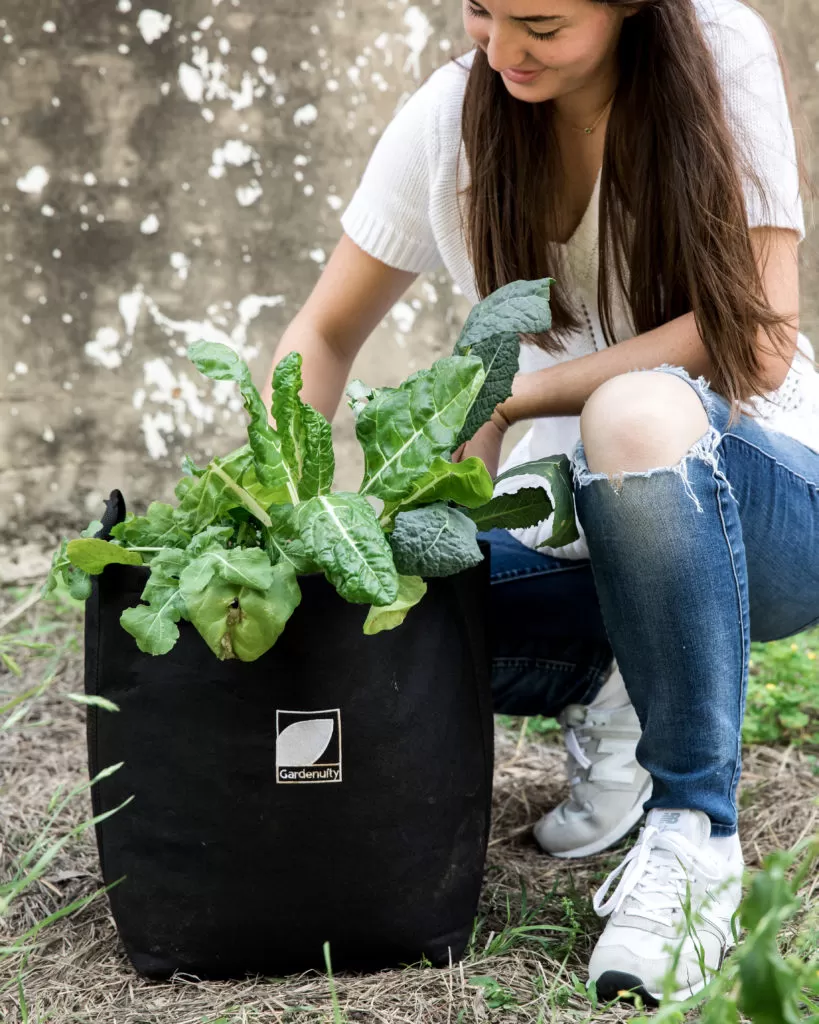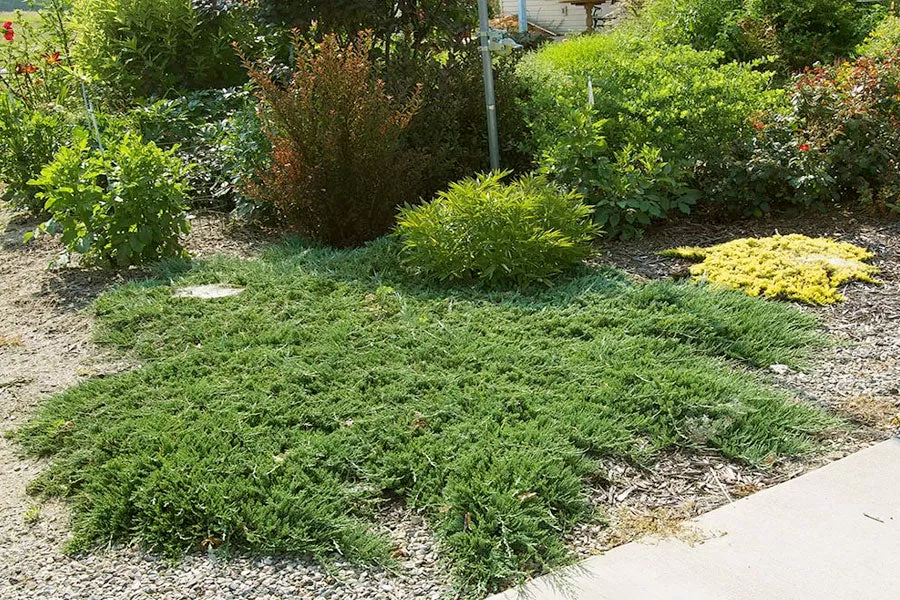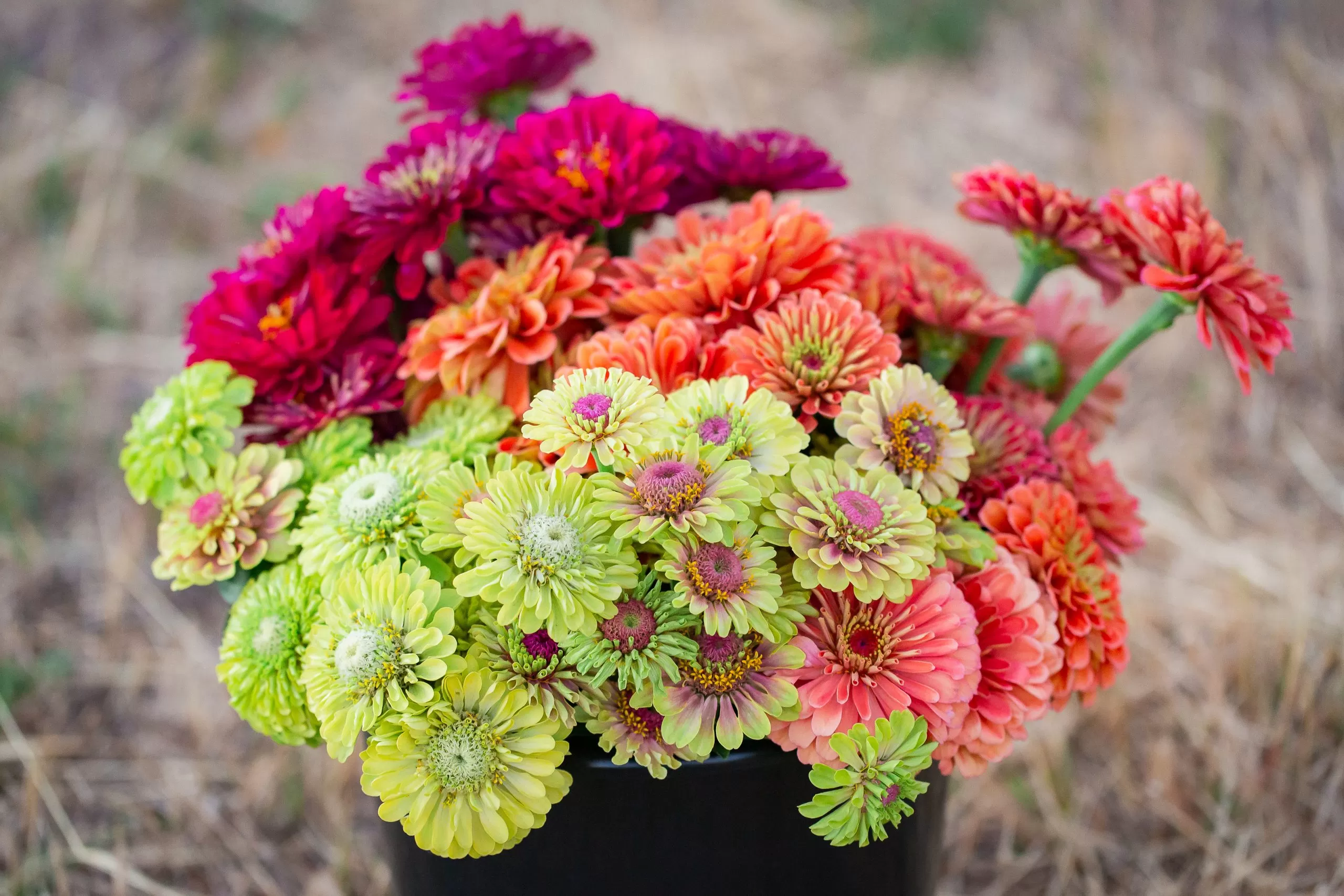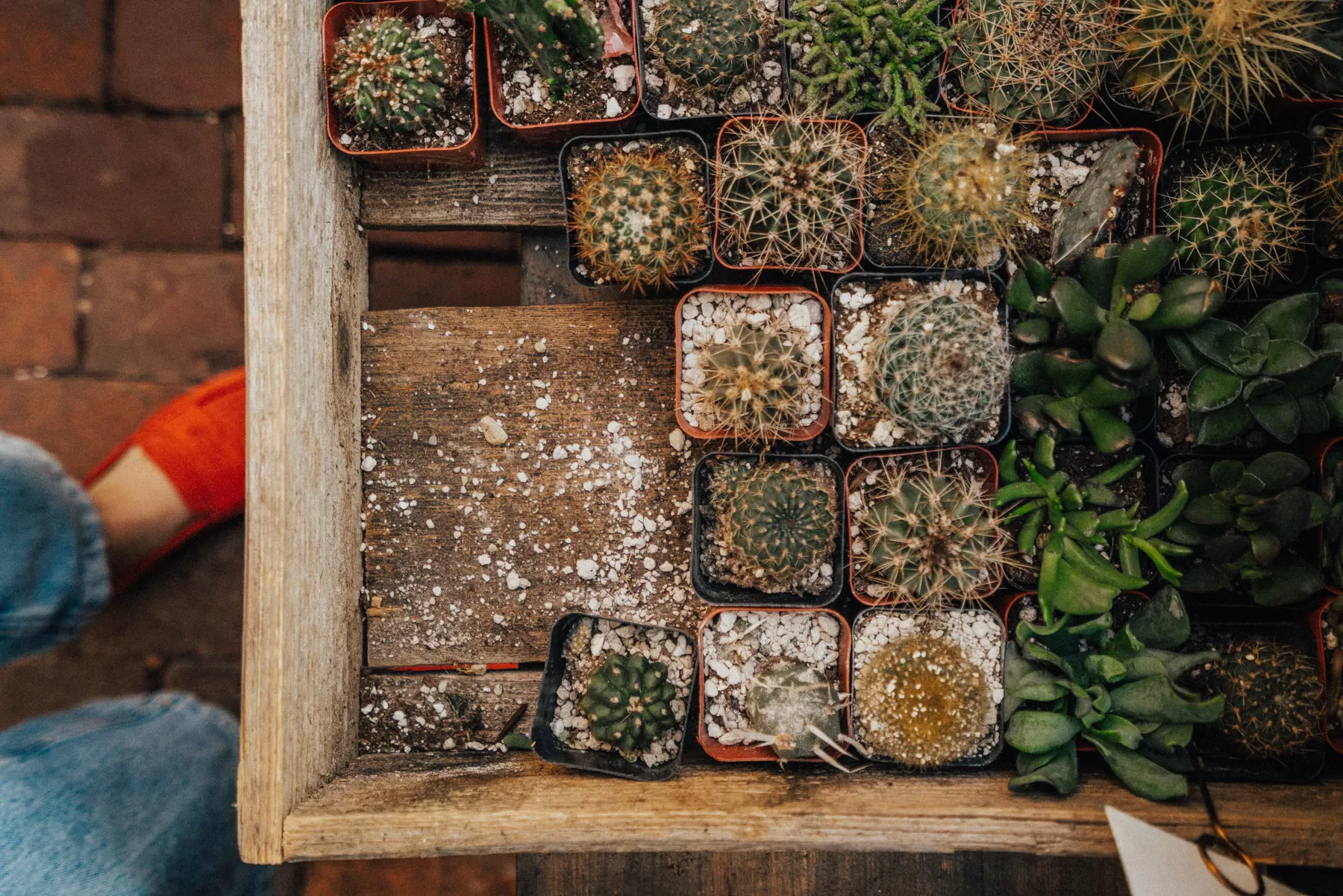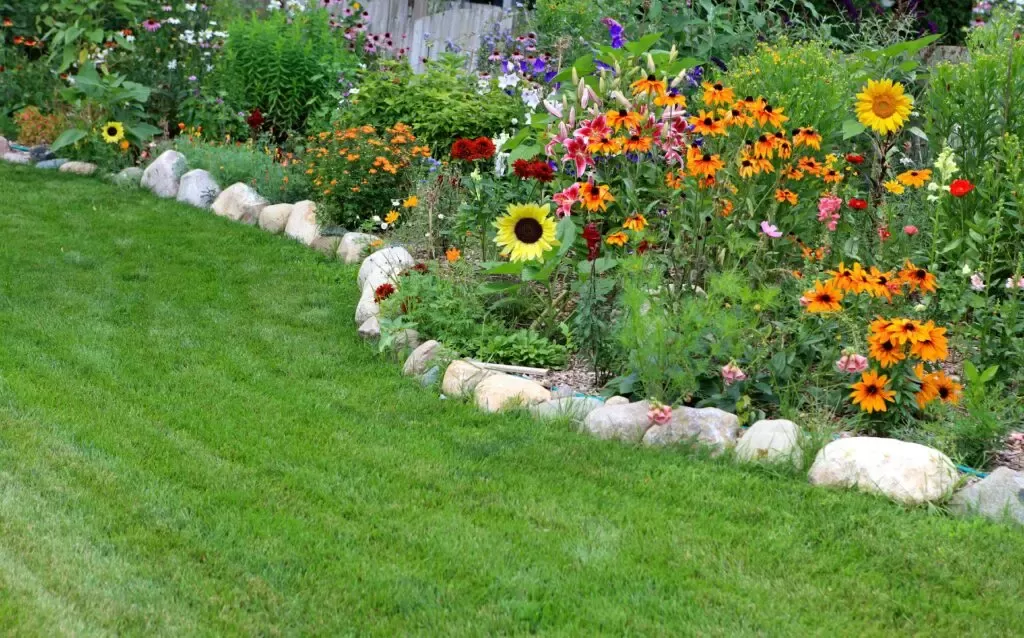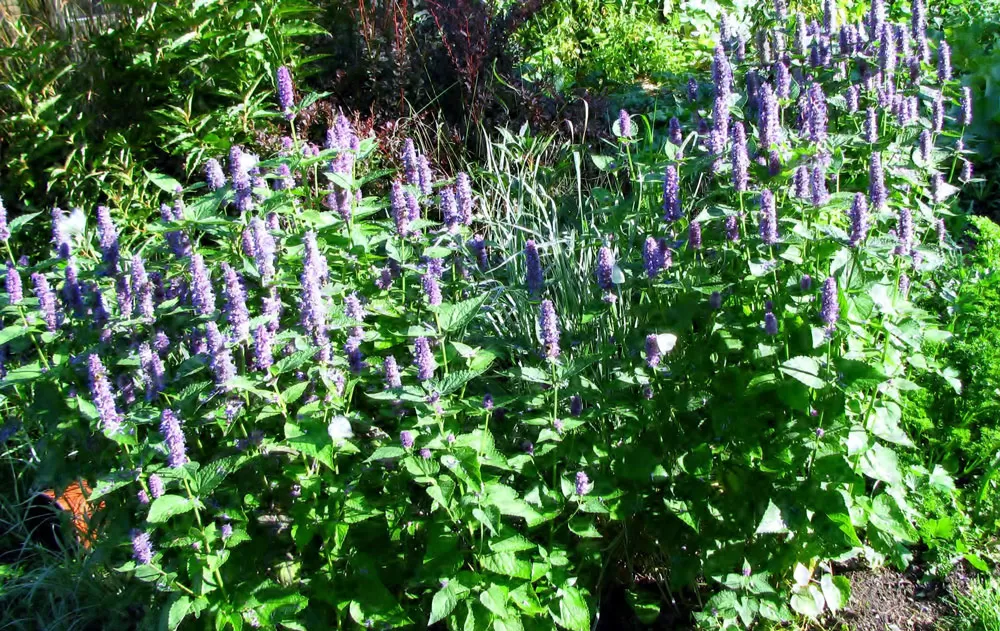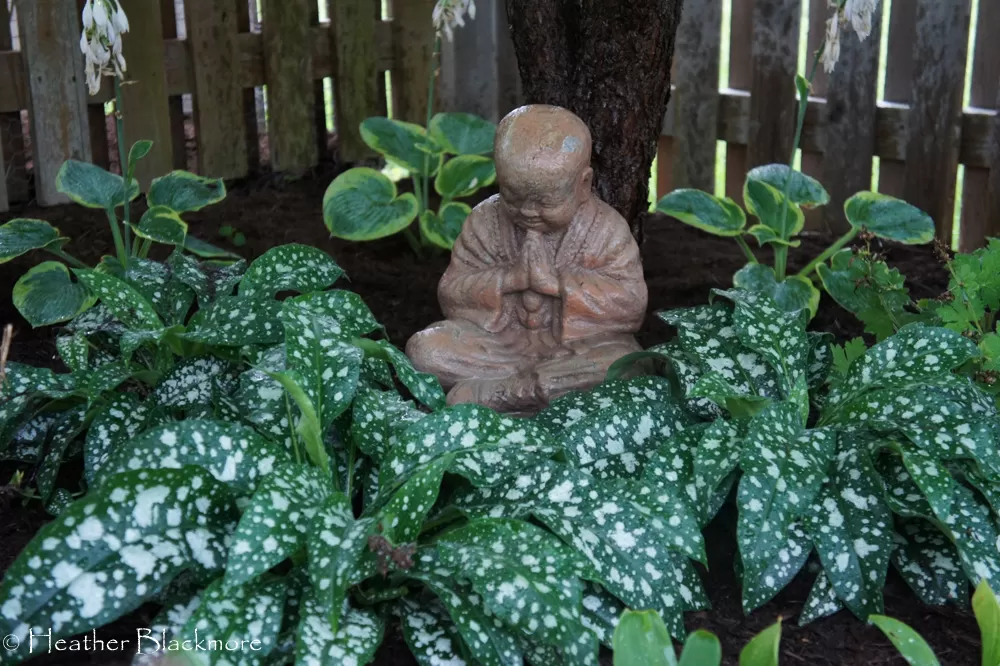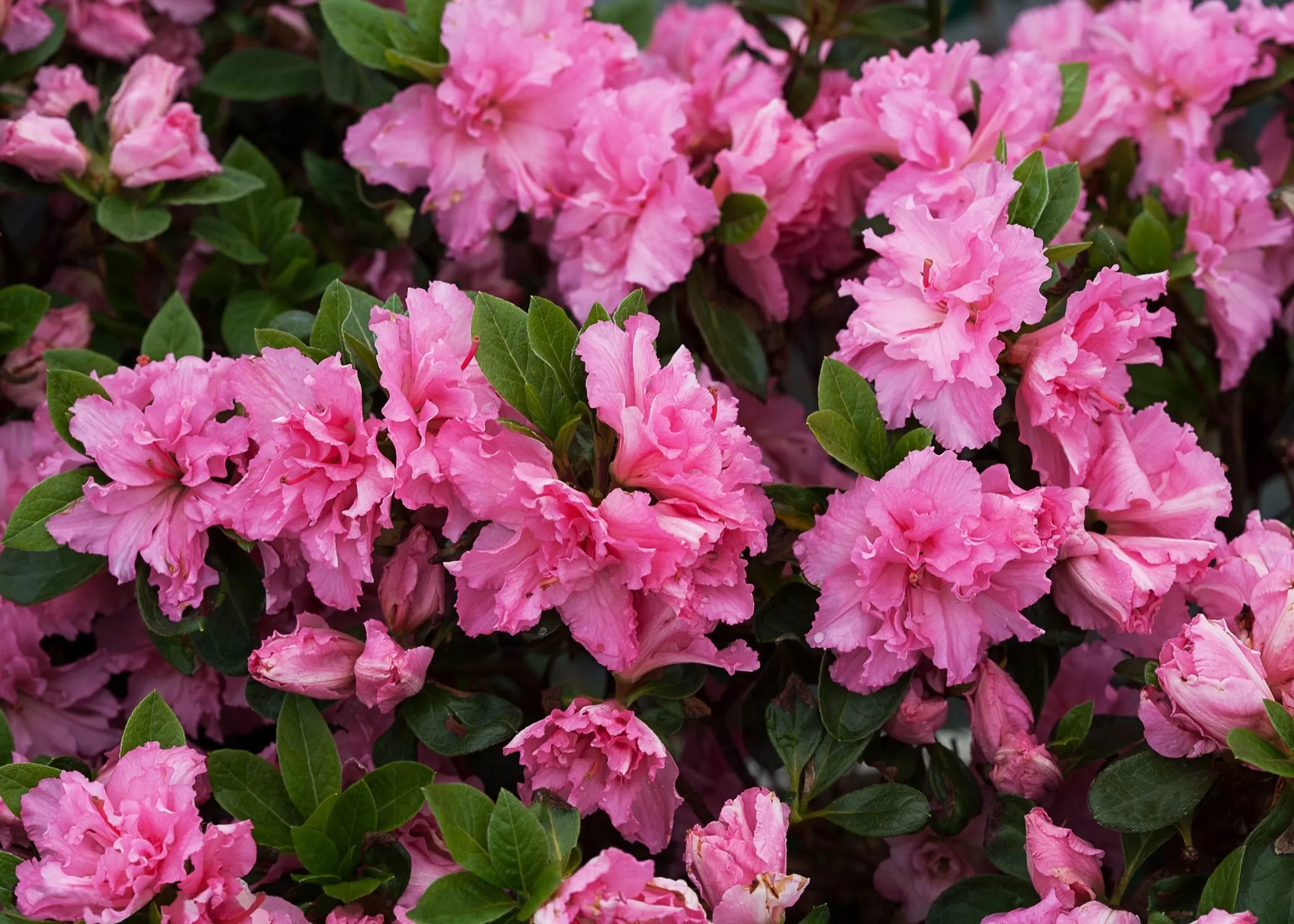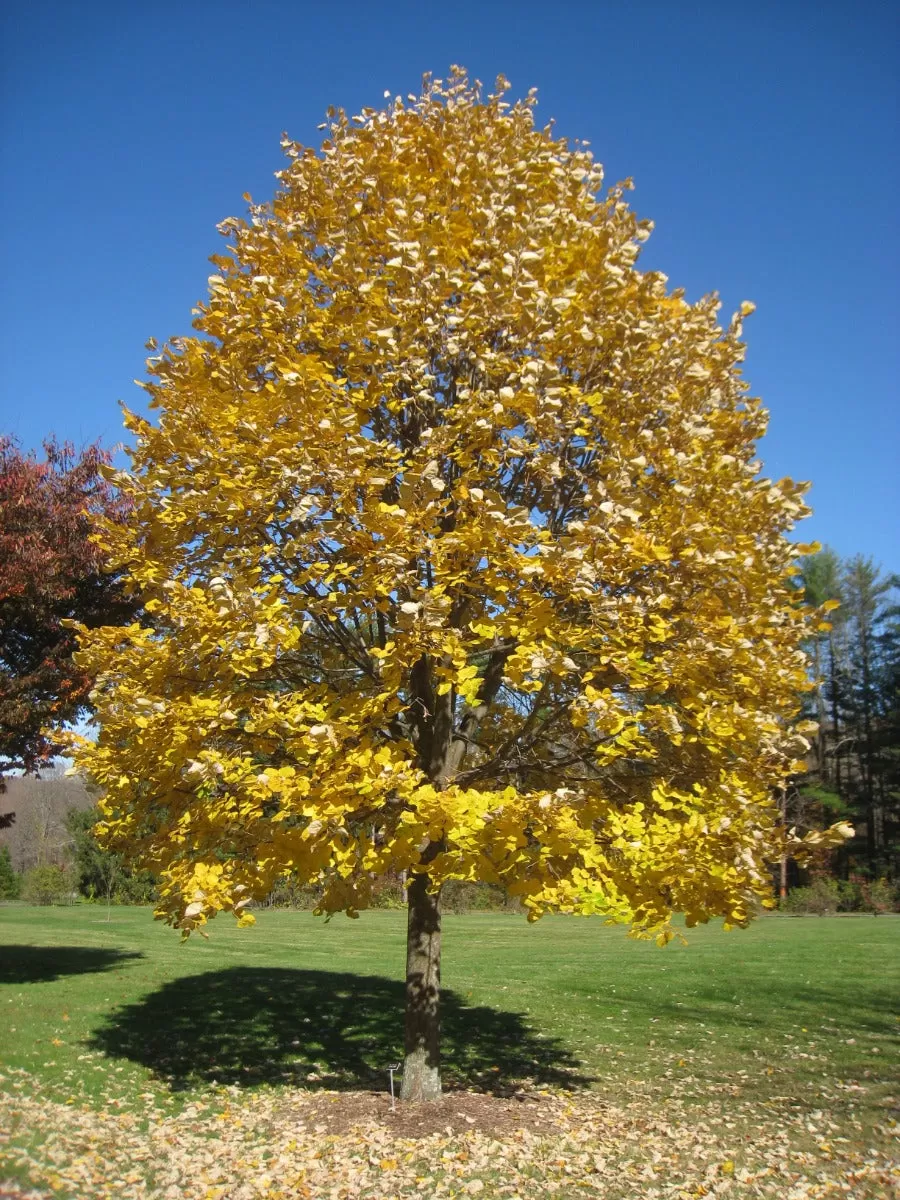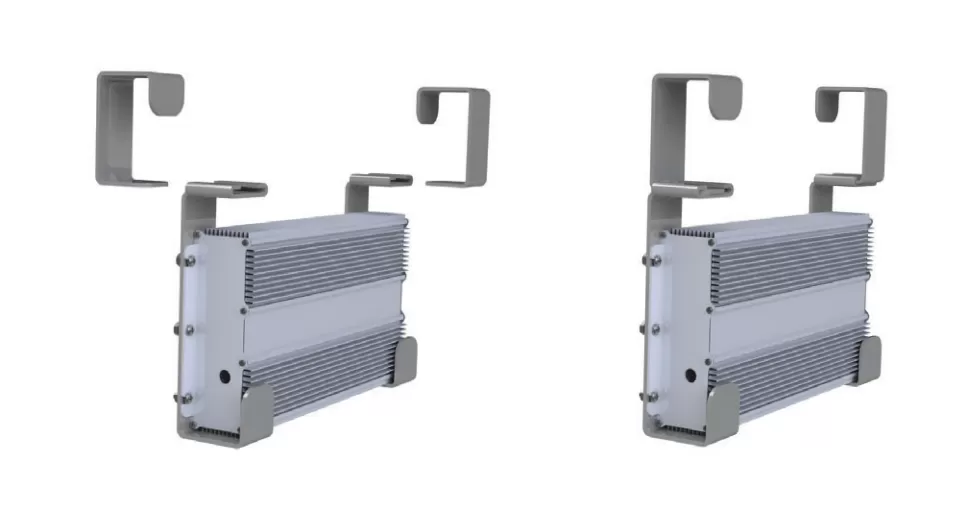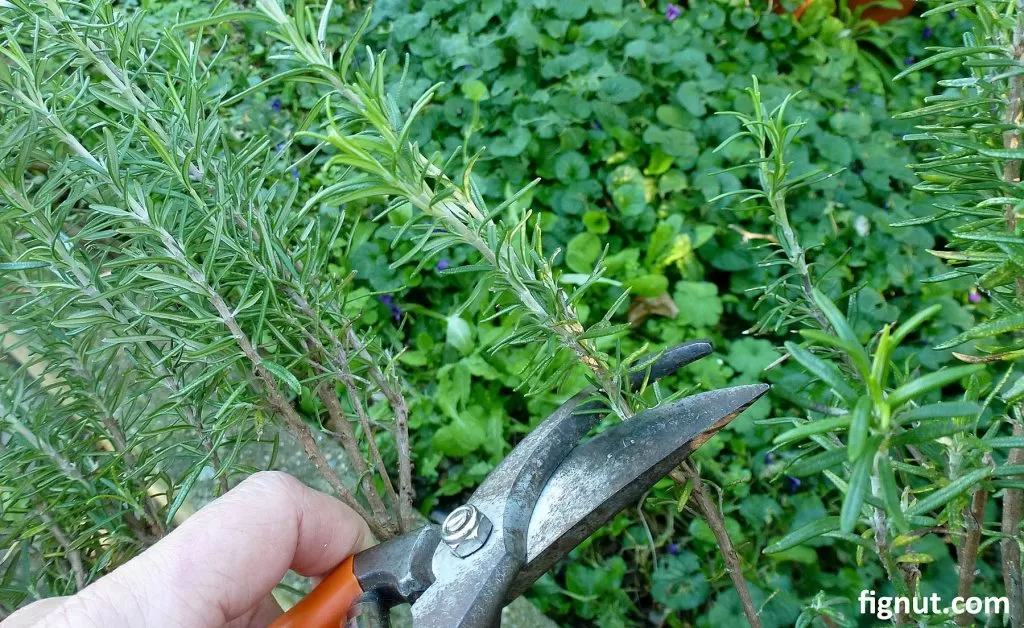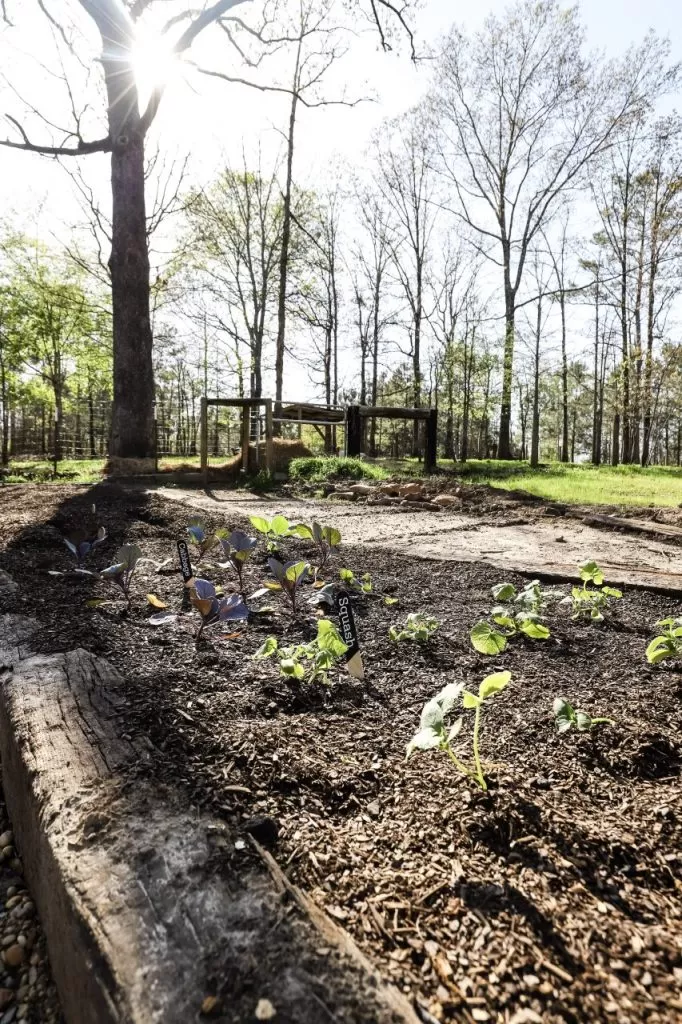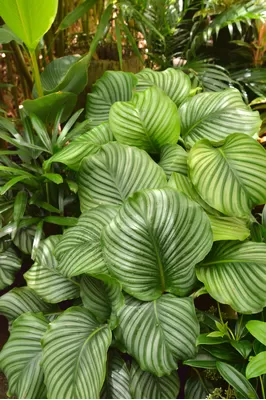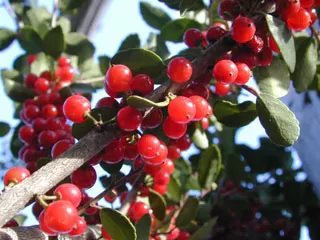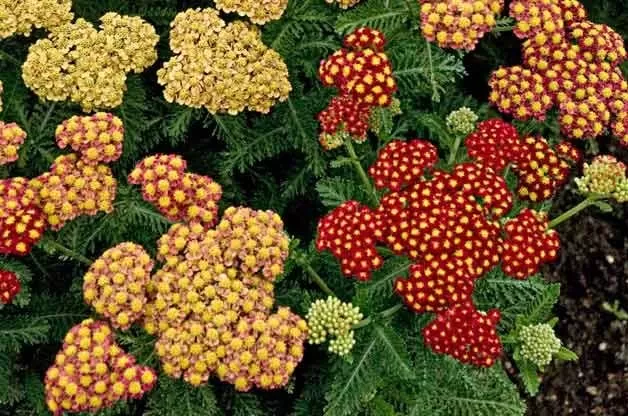- Discover the difference between aesthetic and functional gardening priorities.
- Learn how simple, practical choices can save you time and money in the garden.
- See real-life examples of functional gardening in action, from mulch to compost bins.
- Find inspiration to make your garden work for you.
In the world of home gardening, we often find ourselves navigating a gentle tug-of-war. On one side stands the allure of pure aesthetics – the picture-perfect rows, the meticulously hidden compost heaps, the gardens that look like they’ve been plucked from a magazine cover. And on the other? Functional gardening. This is the approach that prioritizes practicality, efficiency, and letting your garden work with you, not against you.
Here at The Little Garden, we believe there’s profound beauty in purpose. While a stunning visual is wonderful, a garden that functions well is truly a joy. Let’s explore what functional gardening really means and how you might already be embracing it, perhaps without even realizing it.
Contents
Aesthetics vs. Function: Finding Your Garden’s Balance
At its heart, the debate between aesthetics and function in gardening boils down to your personal priorities. Aesthetics focuses on the visual beauty, the overall look and feel of the space. Function focuses on the utility, the working parts, and how well the garden serves its purpose and its gardener.
Think about it. A purely aesthetic gardener might spend hours ensuring every tool is out of sight, every utility area perfectly camouflaged, and perhaps choose materials based solely on appearance. A functional gardener, however, might leave their potting bench right where it’s most convenient, or use readily available materials even if they don’t fit a conventional “beautiful” look. Neither approach is inherently better; it simply reflects different values.
Real-World Functional Gardening Examples
Let’s look at some common garden elements and how a functional mindset can influence your choices, drawing inspiration from real gardening experiences.
The Mulch Decision
Mulch is a garden superhero, suppressing weeds, retaining moisture, and enriching the soil as it breaks down. Aesthetically, many gardeners prefer the uniform look of bagged, shredded hardwood mulch or decorative stones. These can look neat and tidy.
However, a functional gardener might look around their own yard – or their neighbor’s – and see a different kind of treasure: fallen leaves. While not always as uniform or “pretty” as store-bought options, leaves are a fantastic, free, and readily available mulch. They break down beautifully, adding organic matter to the soil, and provide excellent ground cover. Choosing leaves over trucked-in mulch is a prime example of prioritizing function (free, available, great for soil) over traditional aesthetics (uniform look) and cost. Both types of mulch work, but one offers a significant functional advantage in terms of resourcefulness.
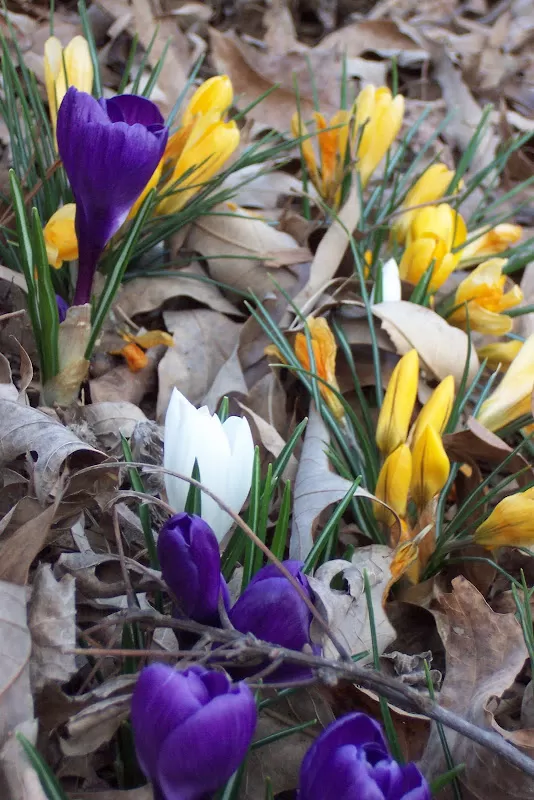 Close up view of the ground covered in fallen leaves, used as mulch around emerging green sprouts.
Close up view of the ground covered in fallen leaves, used as mulch around emerging green sprouts.
Locating Your Garden’s “Work Zones”
Where do you put your compost bin? Your potting bench? Your tool shed? An aesthetically focused approach might dictate these are hidden away, tucked behind a fence or shed, far from sightlines of seating areas or the house.
For a functional gardener, convenience trumps camouflage. Placing the compost bin closer to the areas where you generate the most garden debris (vegetable beds, flower borders) makes it far more likely that you’ll actually use it consistently. A potting bench near your planting beds or water source saves countless trips. While a compost bin might not be everyone’s idea of a garden focal point, its purpose and ease of access are invaluable to the gardener who values efficiency. Embracing this functionality means accepting that the “working parts” of your garden might be visible, and finding beauty in their purpose.
 View showing a wooden compost bin and a potting bench positioned within a garden setting, visible from a distance.
View showing a wooden compost bin and a potting bench positioned within a garden setting, visible from a distance.
Supporting Your Blooms
Consider beautiful, top-heavy flowers like peonies. Without support, their gorgeous blooms can flop onto the ground, especially after rain. Supporting them is a functional necessity to enjoy their beauty properly.
Many methods exist, some more aesthetically pleasing than others. Pre-made peony cages are a highly functional solution. You place them early in the season, the plant grows through them, and by the time the peony blooms, the cage is mostly hidden, providing invisible support. During the peak season, the result is both aesthetic (lovely upright blooms) and functional (preventing flopping).
However, what happens in the off-season? Peony cages, when bare, are simply metal rings. A purely aesthetic gardener might remove, clean, and store these cages neatly away until next spring. A functional gardener might choose to leave them in place. Why? Because leaving them is functional. It saves time and effort in the fall and spring, and they serve as markers indicating where the peonies are sleeping underground. While perhaps not the most beautiful sight in the winter garden, the ease and reduced workload they provide is a significant functional benefit.
Why Choose Functional Gardening?
Embracing a more functional approach can have numerous benefits, especially as life gets busier or as we look for ways to make gardening more sustainable and less demanding:
- Saves Time: Less time spent hiding things, moving things, or dealing with inefficient layouts means more time for enjoying your garden.
- Saves Money: Utilizing free, on-site resources like leaves reduces costs on materials.
- Reduces Workload: Simple, practical solutions often require less effort long-term (like leaving those peony cages!).
- Increases Accessibility: Placing frequently used areas conveniently makes gardening easier for everyone.
- Promotes Sustainability: Using natural mulches or composting on-site reduces waste and transportation needs.
Ultimately, your garden should be a space that brings you joy, not stress. For many, the joy comes from the ease, the productivity, and the connection that functional gardening fosters. It’s about creating a space that is manageable, sustainable, and deeply personal, even if it doesn’t perfectly fit someone else’s idea of magazine-ready aesthetics.
What Kind of Gardener Are You?
Considering the examples above, do you lean more towards prioritizing aesthetics or functionality in your garden? Where do you place your compost bin? Do you leave plant supports in place? There’s no right or wrong answer, only what works best for you. Your garden is your sanctuary and your workspace. Make it function in a way that supports your passion and your capabilities.
Focusing on functional gardening isn’t about neglecting beauty entirely; it’s about finding beauty in the function and making choices that allow you to enjoy your garden more fully with less effort and expense.
Now that you’ve thought about it, what small functional change could you make in your garden today?
